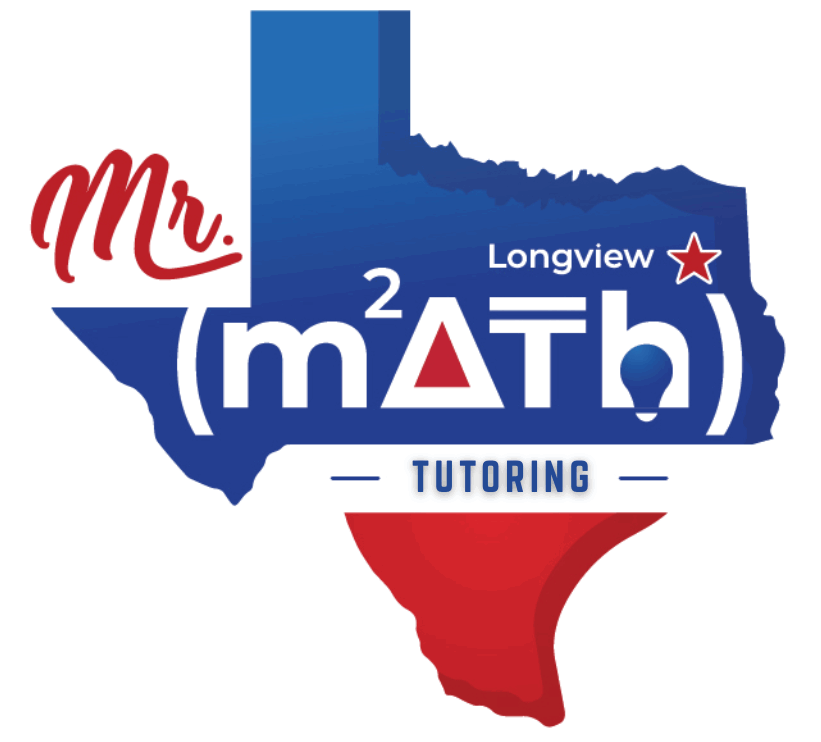Currently Empty: $0.00
About Course
Apply the definitive power of integration to tackle a wide range of real-world challenges. You’ll learn how to compute the exact area between curves, build and interpret accumulation functions that track total change, determine the average output of a system over time or space, and calculate volumes of complex solids by summing cross-sectional slices. Through practical examples—from land-use regions and fluid flow to material thickness and architectural forms—you’ll gain a versatile toolkit for science, engineering, economics, and beyond.
Course Content
1. Area Between Curves
-
1.1 Identifying Bounding Curves & Intersection Points
-
1.2 Vertical Slicing: Building the Integral from Top and Bottom Curves
-
1.3 Horizontal Slicing & Piecewise Regions





